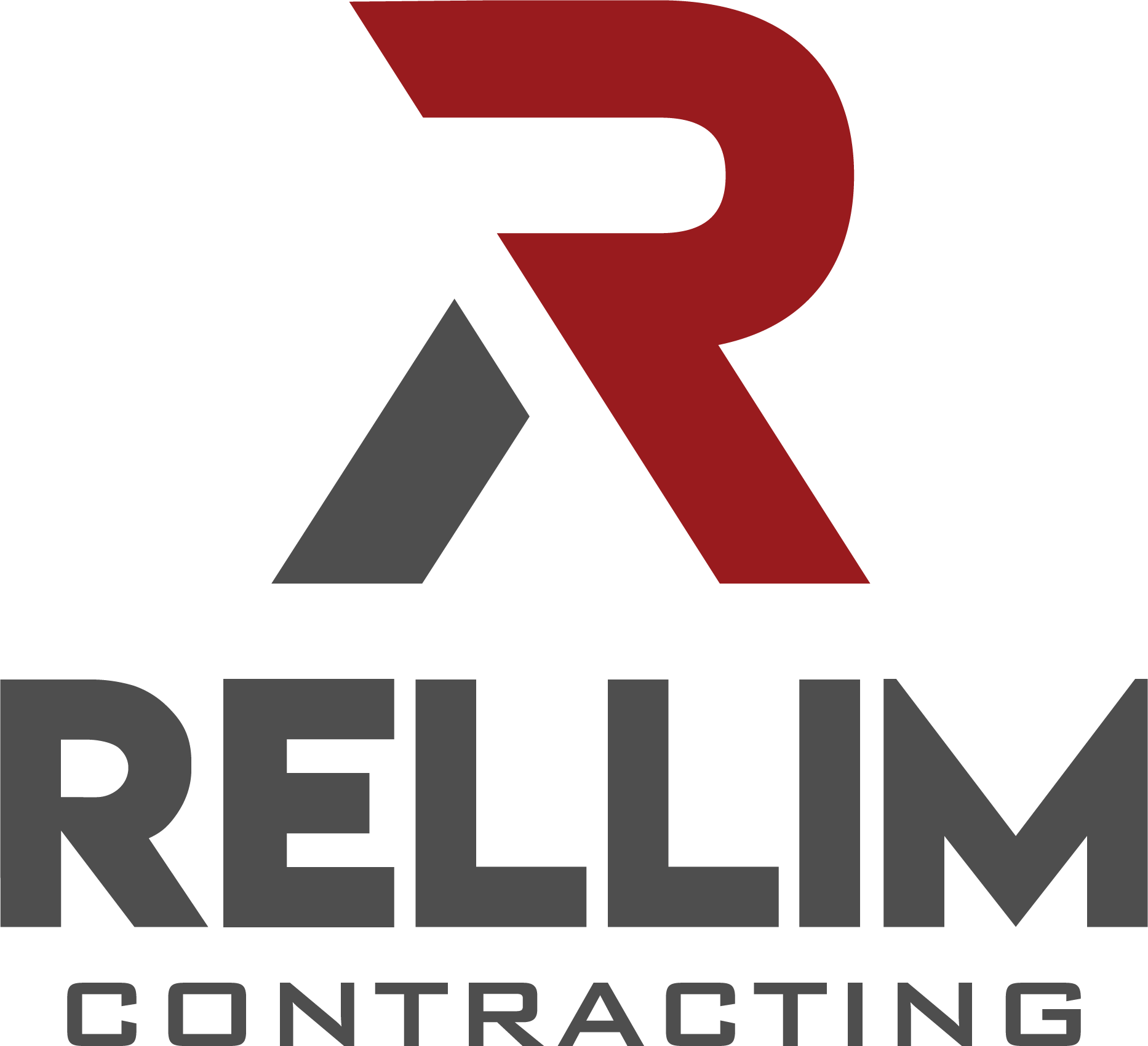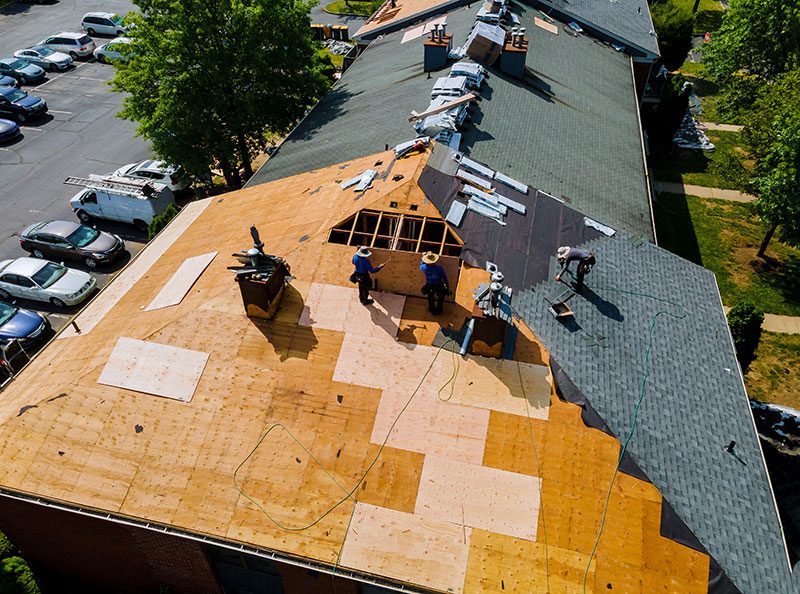A Comprehensive Guide to Roof Maintenance: Tips for a Healthy Roof
Your home’s roof is one of the most critical components of its structure, protecting you and your belongings from the elements year-round. However, it’s often an overlooked aspect until a problem arises. Regular roof maintenance is essential to ensure its longevity, prevent leaks, and avoid costly repairs down the road. In this comprehensive guide, we will explore practical tips and best practices for maintaining a healthy roof, so you can enjoy peace of mind and a well-protected home.
- Regular Roof Inspections
One of the fundamental pillars of roof maintenance is conducting regular inspections. Ideally, inspections should be carried out twice a year, in the spring and fall. Additionally, it’s essential to inspect the roof after severe weather events like storms or heavy snowfall.
During inspections, pay close attention to the following:
a. Shingles: Look for any missing, cracked, or curling shingles, as they can allow water to penetrate and cause leaks.
b. Flashing: Examine the flashing around chimneys, vents, and skylights. Damaged or deteriorating flashing can lead to water infiltration.
c. Gutters and Downspouts: Clean gutters and downspouts regularly to prevent clogging. Ensure they are securely attached and redirect water away from the foundation.
d. Roofing Material: Assess the overall condition of your roofing material, whether it’s asphalt shingles, metal panels, or tiles.
e. Attic Inspection: Inspect the attic for signs of water damage, mold, or mildew, as these issues can indicate roof leaks.
- Addressing Roof Repairs Promptly
If you notice any issues during your inspections or suspect a problem with your roof, it’s crucial to address repairs promptly. Delaying repairs can lead to further damage, and the costs may escalate significantly.
Some common roof repairs include:
a. Fixing Shingle Issues: Replace missing or damaged shingles promptly to prevent water infiltration and maintain the integrity of the roof.
b. Repairing Leaks: If you notice water stains on ceilings or walls, it’s a sign of a roof leak. Locate the source of the leak and repair it immediately.
c. Fixing Flashing Problems: Damaged or loose flashing should be replaced or repaired to prevent water from entering vulnerable areas of the roof.
d. Repairing Fascia and Soffits: Damaged fascia and soffits can compromise the roof’s structure. Repair or replace these components as needed.
e. Sealing Roof Penetrations: Ensure that any roof penetrations, such as vents and chimneys, are adequately sealed to prevent water from entering around these areas.
- Cleaning and Maintaining Gutters
Gutters play a vital role in roof maintenance, as they channel rainwater away from the roof and foundation. Clogged gutters can lead to water backing up and causing roof damage or even structural issues.
Follow these steps for gutter maintenance:
a. Regular Cleaning: Clean gutters and downspouts at least twice a year, or more often if you have many trees around your home.
b. Gutter Guards: Consider installing gutter guards to reduce the accumulation of debris and minimize the need for frequent cleaning.
c. Check for Leaks: Inspect the gutters for leaks or rust, and address any issues promptly.
d. Proper Slope: Ensure that gutters have a proper slope towards the downspouts to facilitate efficient water flow.
- Trimming Overhanging Branches
Trees add beauty and shade to your property, but overhanging branches can pose a threat to your roof. During strong winds or storms, these branches can rub against the roof surface or break off, causing damage.
To prevent this:
a. Trim Overhanging Branches: Regularly trim branches that are close to or touching the roof. This will minimize the risk of roof damage and reduce the accumulation of debris.
b. Hire Professionals: If the branches are large or hard to reach, hire a professional tree service to handle the trimming.
- Preventing Moss and Algae Growth
Moss and algae can grow on roofs, especially in damp and shaded areas. While they may not seem harmful at first, their presence can lead to long-term damage to the roofing material.
Here’s how to prevent moss and algae growth:
a. Keep Roof Clean: Regularly clean the roof to remove debris, leaves, and other organic matter that can promote moss and algae growth.
b. Zinc or Copper Strips: Consider installing zinc or copper strips along the roof ridges. When rainwater runs over these metals, it creates a natural deterrent for moss and algae.
c. Biodegradable Solutions: If you already have moss or algae growth, use biodegradable solutions to safely remove them. Avoid using pressure washers, as they can damage the roofing material.
- Maintaining Proper Attic Ventilation
Proper attic ventilation is crucial for maintaining a healthy roof and extending its lifespan. Without adequate ventilation, excess heat and moisture can build up in the attic, leading to a variety of issues, including premature shingle deterioration and mold growth.
Ensure proper attic ventilation by:
a. Installing Roof Vents: Install ridge vents, soffit vents, and other types of roof vents to promote airflow through the attic.
b. Checking for Blockages: Regularly inspect vents to ensure they are not blocked by insulation or debris.
c. Sealing Attic Leaks: Seal any gaps or cracks in the attic to prevent air leaks that may affect the ventilation system.
- Avoiding Heavy Rooftop Traffic
While your roof is designed to withstand the elements, it is not intended to support heavy foot traffic. Walking on the roof frequently can cause damage to the roofing material, especially if it’s made of delicate materials like clay tiles or wooden shingles.
To avoid roof damage:
a. Limit Rooftop Access: Avoid unnecessary rooftop traffic, and discourage others from accessing the roof unless it’s essential for maintenance or repairs.
b. Use Proper Equipment: If roof access is necessary, use proper safety equipment, such as roof brackets, harnesses, and non-slip footwear.
Maintaining a healthy roof is crucial for ensuring the protection and longevity of your home. By following this comprehensive guide to roof maintenance, you can prevent costly repairs, avoid leaks, and prolong the life of your roofing system. Regular inspections, prompt repairs, proper gutter maintenance, and smart preventive measures will keep your roof in top-notch condition, providing you with peace of mind and a secure shelter for years to come. Remember, when in doubt or facing significant issues, it’s always best to consult a professional roofing contractor for expert advice and assistance.

